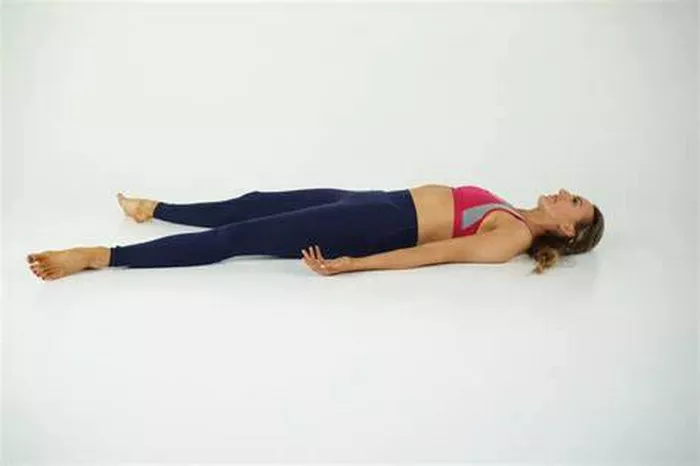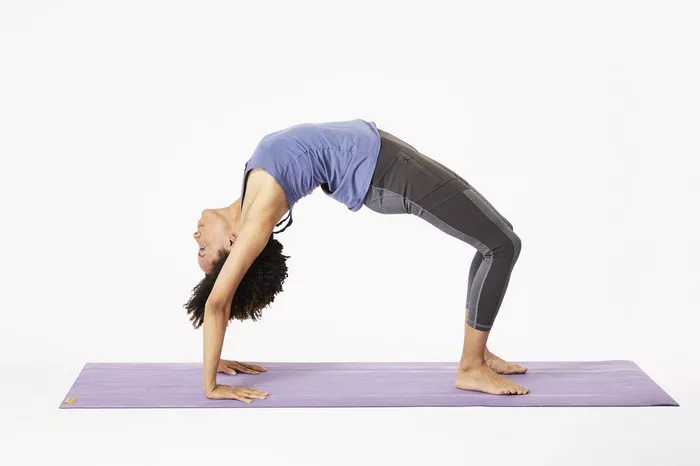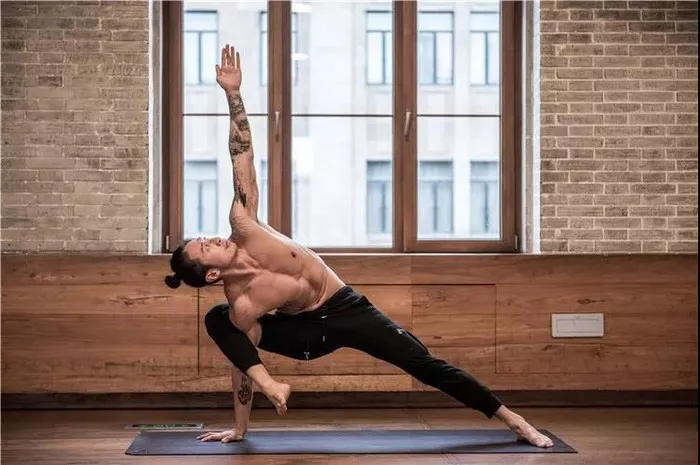Bowel obstruction is a condition that can cause significant discomfort and disruption to daily life. While medical intervention is often necessary, incorporating yoga poses into your routine can complement traditional treatments and promote digestive health. In this article, we’ll explore a selection of yoga poses specifically targeted to alleviate symptoms and promote bowel regularity in cases of obstruction.
Understanding Bowel Obstruction
Before delving into yoga poses, it’s crucial to understand what bowel obstruction entails. Bowel obstruction occurs when there is a blockage in the intestines, preventing the passage of stool and gas. This blockage can be partial or complete and may result from various factors, including adhesions, tumors, hernias, or impacted fecal matter.
Symptoms of bowel obstruction can include severe abdominal pain, bloating, constipation, nausea, vomiting, and an inability to pass gas or stool. While some cases of bowel obstruction resolve with conservative measures such as dietary changes and hydration, others may require surgery to remove the blockage.
Yoga Poses for Bowel Obstruction
Yoga offers a holistic approach to promoting digestive health by incorporating gentle stretches, twists, and breathing exercises that can stimulate the digestive organs and alleviate discomfort associated with bowel obstruction. Here are several yoga poses that may be beneficial:
1. Wind-Relieving Pose (Pavanamuktasana)
- Lie flat on your back with legs extended.
- Bring one knee towards your chest, clasping your hands around it.
- Keep the other leg extended or bend it with the foot on the ground.
- Hold the pose for several breaths, then switch sides.
- This pose helps relieve gas and bloating, promoting bowel movement.
2. Seated Forward Bend (Paschimottanasana)
- Sit on the floor with your legs extended in front of you.
- Inhale and lengthen your spine, then exhale as you hinge at the hips to fold forward.
- Reach for your feet or shins, keeping your spine as straight as possible.
- Hold the pose for several breaths, feeling the stretch along the back of your legs and spine.
- Paschimottanasana can help stimulate bowel function and relieve abdominal discomfort.
3. Revolved Triangle Pose (Parivrtta Trikonasana)
- Begin in a standing position with your feet about hip-width apart.
- Step your right foot back and rotate it slightly outward, keeping both heels in line.
- Extend your arms out to the sides at shoulder height.
- Exhale as you hinge at the hips and reach your left hand down towards your right foot, while extending your right arm towards the ceiling.
- Hold the pose for several breaths, then repeat on the other side.
- This pose helps to massage the abdominal organs and improve digestion.
4. Supine Spinal Twist (Supta Matsyendrasana)
- Lie flat on your back with arms extended out to the sides at shoulder height.
- Bend your knees and draw them towards your chest.
- Exhale as you lower your knees to the left side, keeping both shoulders grounded.
- Turn your head to the right, gazing in the opposite direction of your knees.
- Hold the pose for several breaths, then repeat on the other side.
- Supta Matsyendrasana helps to relieve tension in the spine and promote detoxification of the digestive system.
5. Child’s Pose (Balasana)
- Begin on your hands and knees in a tabletop position.
- Exhale as you lower your hips back towards your heels, extending your arms in front of you.
- Rest your forehead on the mat and relax your entire body.
- Hold the pose for several breaths, focusing on deep belly breathing.
- Balasana gently compresses the abdomen, aiding in the elimination of gas and promoting relaxation.
6. Cat-Cow Pose (Marjaryasana-Bitilasana)
- Start on your hands and knees in a tabletop position.
- Inhale as you arch your back, lifting your chest and tailbone towards the ceiling (Cow Pose).
- Exhale as you round your spine, tucking your chin to your chest and drawing your belly button towards your spine (Cat Pose).
- Continue flowing between Cat and Cow Pose, syncing your breath with movement.
- This dynamic sequence massages the digestive organs and improves circulation to the abdominal region.
7. Bridge Pose (Setu Bandhasana)
- Lie on your back with knees bent and feet hip-width apart, arms by your sides.
- Inhale as you lift your hips towards the ceiling, pressing into your feet and shoulders.
- Interlace your hands beneath your back and roll your shoulders underneath you.
- Hold the pose for several breaths, engaging your core and thighs.
- Setu Bandhasana stimulates the digestive organs and relieves tension in the lower back.
8. Corpse Pose (Savasana)
- Lie flat on your back with legs extended and arms by your sides, palms facing up.
- Close your eyes and relax your entire body, allowing your breath to become natural and effortless.
- Remain in the pose for several minutes, focusing on deep relaxation and letting go of any tension.
- Savasana promotes overall relaxation and can help alleviate stress-related digestive issues.
Precautions and Considerations
While yoga can be beneficial for promoting digestive health, it’s essential to practice with caution, especially if you’re dealing with a medical condition like bowel obstruction. Here are some precautions to keep in mind:
- Consult with your healthcare provider before starting any new exercise regimen, especially if you have a pre-existing medical condition.
- Listen to your body and avoid pushing yourself into poses that cause pain or discomfort.
- Modify poses as needed to suit your individual flexibility and comfort level.
- Practice gentle, mindful breathing throughout your yoga practice to enhance relaxation and promote digestion.
Conclusion
Incorporating yoga poses into your routine can be a valuable complement to traditional treatments for bowel obstruction, promoting digestive health and overall well-being. By practicing gentle stretches, twists, and breathing exercises, you can help alleviate symptoms such as abdominal pain, bloating, and constipation, while fostering relaxation and stress relief. Remember to listen to your body, consult with your healthcare provider, and practice with mindfulness and awareness for optimal results.























